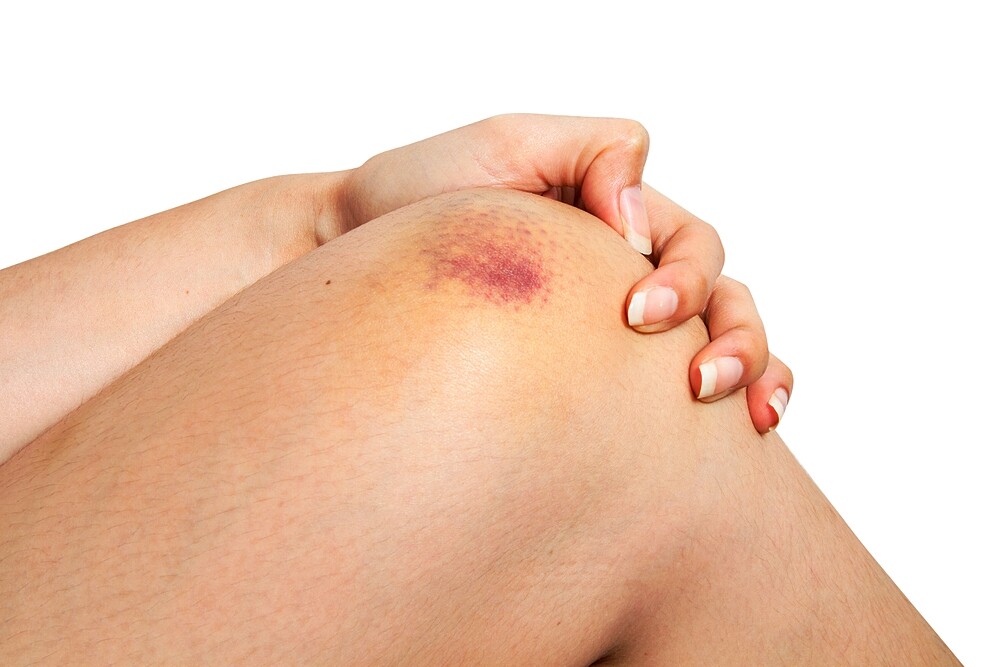A graze is usually harmless and does not necessarily require medical treatment. How you best care for them, we explain here.
What does a graze look like?
A graze only affects the upper layer of skin. This layer of skin is abraded, e.g. by a fall or other accident, and can bleed (a little). Especially larger abrasions can be painful because the nerve endings of the underlying skin layers are exposed.
A cut, on the other hand, goes deeper into the skin. It is caused, for example, by a cut with a knife, a sharp object or the edge of a sheet of paper.
How to treat a graze properly
- Clean the wound: Clean it thoroughly under lukewarm running water. Remember to wash your hands carefully to prevent infection.
- Remove coarse dirt: If there are foreign bodies such as sand, small stones or similar on the surface, remove them carefully when cleaning.
- Disinfect: Now disinfect with a wound disinfectant.
- Plaster: Finally, treat the graze with a plaster. For larger wounds, a larger wound dressing may be more helpful, for example a gauze or gauze compress.
A minor injury takes about two weeks to heal. Larger abrasions usually take longer and may leave scars.
Then you should change the patch
Plasters support the healing of the wound. How often the plaster should be changed depends on the wound. In the case of superficial, minor injuries, the plaster can remain stuck for a few days (two to three). Provided it remains clean and dry. Bacteria can quickly collect on cuts, so it should be changed several times a day.
How do I behave with a graze that’s wet?
There may still be foreign bodies or dirt in the wound, which should then be cleaned quickly. But the cause of a weeping wound could also be an infection. The body tries to flush the bacteria out of the body in this way. In this case, you should use a wound dressing that does not stick to the wound, such as a sterile compress (from the pharmacy or drugstore). Soaked compresses must be changed – and please do not use them again.
What ointment do I use?
Preferably none. Wound treatment with ointment is not recommended, as it may impede wound healing. If ointment is used, it is better to apply it only to the edges of the wound and not to the wound itself, otherwise the wound fluid cannot drain off.
Then you should see a doctor
- In case of a heavily bleeding or deep wound
- For example, if glass splinters are deeply embedded in the wound
- In the absence of protection against tetanus
- The wound is swelling
- The wound throbs or reddens
- In the case of an animal bite wound

